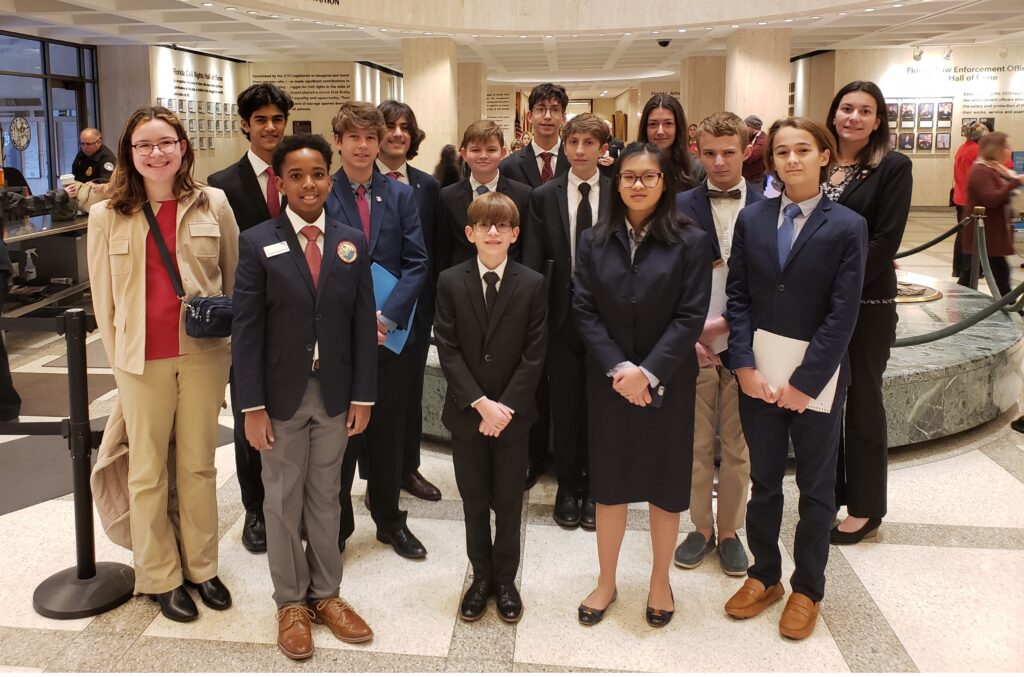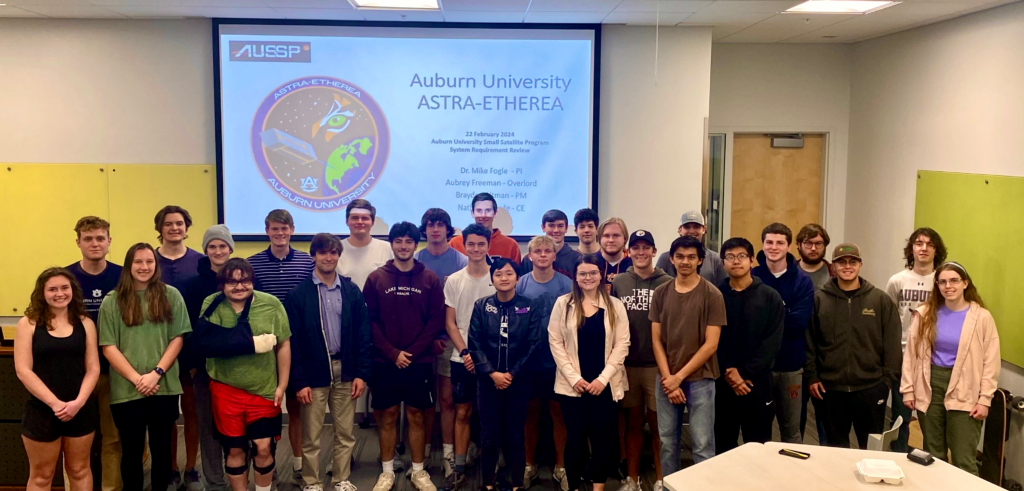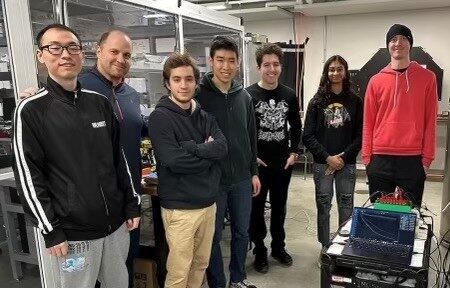Making Space for Everyone
DREAM Program

Launching Educational Payloads
Firefly Aerospace is on a mission to make space attainable for everyone, including the next generation workforce. As part of this mission, Firefly’s DREAM (Dedicated Research Education Accelerator Mission) program was established in 2019 to encourage students to dream big and develop an interest in STEM by donating excess payload capacity on our Alpha rocket. DREAM eliminates the cost of entry for launch, allowing educational institutions to focus on developing and operating a small satellite program and training the next generation of aerospace engineers. The first round of DREAM payloads flew on Firefly’s Alpha FLTA001 rocket in 2021.
“The Firefly Alpha DREAM program inspired a movement in Hawaii to democratize space through access and education. When the Hawaii Science and Technology Museum won a spot on the first Firefly Alpha flight in 2019, a team of students at the Hawaii Space Flight Laboratory set out to develop a low-cost satellite that could be used for spaceflight by educational groups like HSTM and HSFL. Through two grants, we were able to develop a low-cost 1U cubesat with educational materials and inspire over 400 students in grades 3 through grad school. We are so grateful to the Firefly team that allowed the keiki (children) of Hawaii to have this amazing opportunity.” – Amber Imai-Hong, CEO of Mahina Aerospace
2024 DREAM Awardees
Firefly recently awarded a second round of educational payloads to launch aboard Firefly’s Alpha rocket as early as 2025, including four CubeSats from the University of Illinois, Auburn University, the Aerospace and Innovation Academy in Florida, and the Hawai’i Science and Technology Museum.

WolfSat-1 CubeSat
Aerospace and Innovation Academy’s WolfSat-1 CubeSat will test the viability of the Ideonella sakaiensis bacteria on orbit and assess its ability to degrade polyethylene terephthalate, a major component of single-use plastics. This demonstration aims to enable an efficient waste recycling system for prolonged crewed missions and minimize the risk of plastic pollution on future lunar and Martian colonies. Overseen by the Aerospace and Innovation Academy, the Wolfpack CubeSat Development Team is a nonprofit organization that prepares 11- to 18-year-old students to design, build, test, and fly CubeSats before graduating high school. The students will develop the WolfSat-1 payload, integrated on a NearSpace satellite bus, with assistance from Florida Institute of Technology and students at the University of Florida.

ASTRA-ETHERA CubeSat
Auburn University’s ASTRA-ETHERA CubeSat will demonstrate a compact, low-cost electrodynamic tether to enable satellite deorbiting within five years of mission completion. The deployable device utilizes the plasma surrounding Earth in addition to the Earth’s magnetic field to induce a force on the tether, reducing the lifetime of spacecraft in orbit from decades to a few years. This approach will allow satellites to operate in higher orbital altitudes and meet deorbiting compliance regulations. Dozens of students ranging from freshmen to graduate students within the university’s Small Satellite Program will support payload development, testing, and mission operations.

DarkNESS CubeSat
University of Illinois’ DarkNESS CubeSat will look for a dark matter decay signature in the form of 3.5 keV X-rays emanating from the black hole at the center of the Milky Way. Using cryogenically cooled Skipper Charged-Coupled Devices developed by Fermilab, a student-led team within the university’s Laboratory for Advanced Space Systems at Illinois (LASSI) is working to complete a critical design review for the satellite this summer. According to LASSI’s Director, Dr. Michael Lembeck, “the satellite will be the first to search for the source of dark matter using this novel technology for X-ray astronomy observations in low earth orbit.”

Hiapo 2.0 CubeSat
As the next iteration of Hiapo 1.0 that flew on Alpha FLTA001, Hiapo 2.0 is a CubeSat from the Hawai’i Science and Technology Museum and Hawai’i Space Flight Laboratory that will help improve climate science, a key goal among the people of Hawai’i. Hiapo 2.0 will measure the electric field generated by solar wind to understand the mechanisms of energy input into the thermosphere through direct detection and measurement of high energy particles. Hiapo 2.0 will also measure any induced magnetic field associated with atmospheric electric fields. It is theorized that within the auroral zones, electric currents flow into the ionospheric dynamo region, where resistance created by Pedersen currents heat the lower atmosphere. Understanding this process of heating the Earth’s lower atmosphere will allow for the creation of more accurate climate models that take solar electromagnetic activity into account.